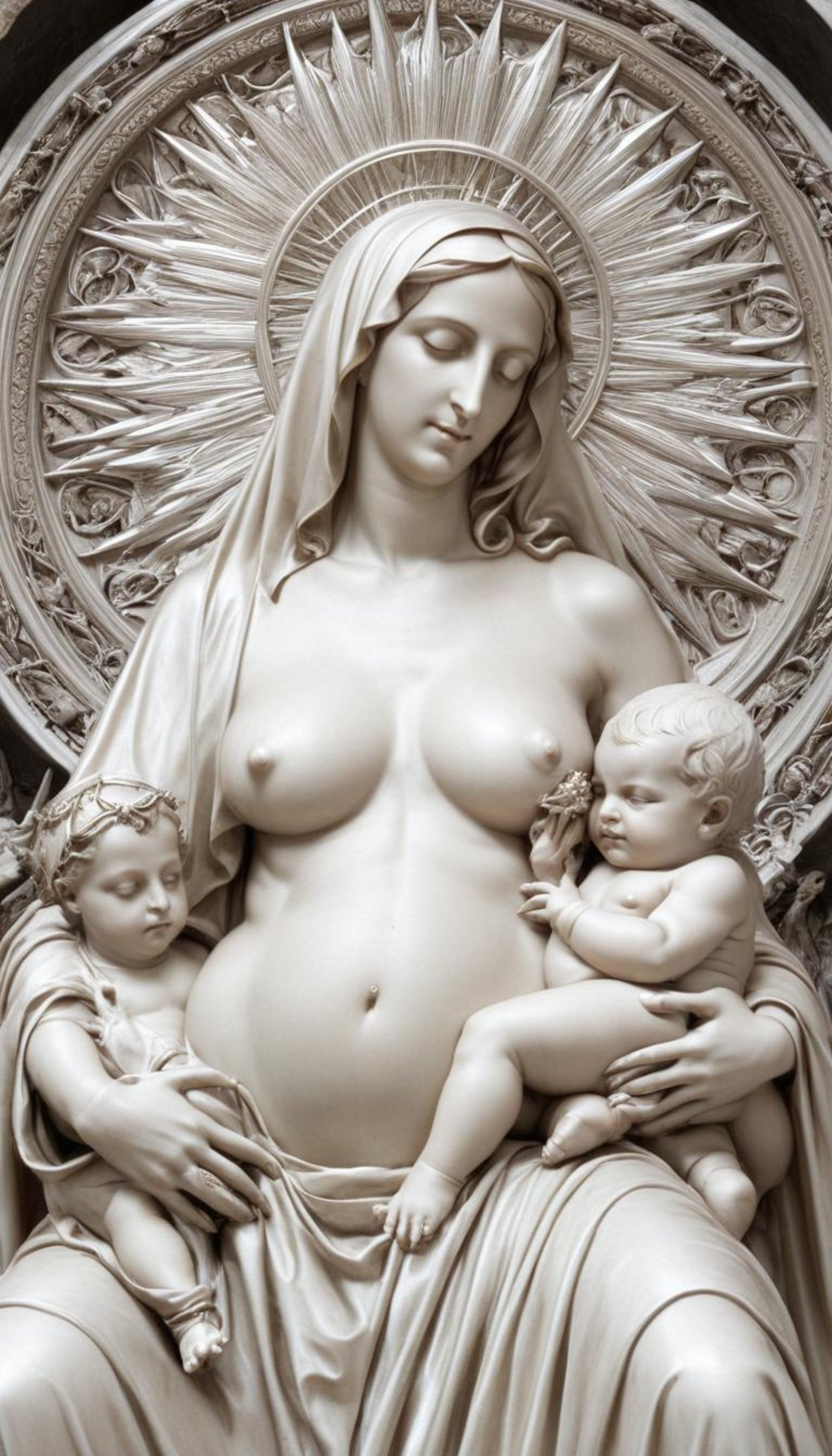
Appreciating Sacrilege In All Its Majesty
Why We Can’t Stop Looking at Sacrilegious Art. What some call sacrilege, others view as artistic expression and a form of freedom of speech. Content herein also abides by the United States Obscenity Law...
SACRELIGIOUSPROFANATIONDESECRATION
Lya Brk Ujv
6/17/20255 min read
Because it's daring. Because in a world of curated feeds and sanitized opinions, sacrilegious art still has the guts to throw a middle finger in the air and say, Let’s get into it.
It gives voice to the pissed off, the confused, the curious. It’s not afraid of the dark questions—like why is faith rudimentary, or how holy people end up doing unholy things in the name of god. And yeah, it can be raw, rude, and straight-up blasphemous—but that’s where the magic is. That’s where change happens.
The Art of Purposely Pissing People Off
Let’s be real—some of this art is just straight-up meant to piss people off. And it works. Why? Because the sacred is still sacred to a lot of people despite alllllllllllllll of the information readily available to everyone, everywhere. You take something folks were taught to revere and twist it? You’re gonna get a reaction. And in the age of scrolls, clicks, and viral outrage, reaction = relevance.
Art Therapy for the Spiritually Wounded
For some artists, sacrilegious work isn’t about tearing down—it’s about processing. A lot of people grew up with religion like it was oxygen: everywhere, inescapable, and often toxic. Sacrilegious art became a way to project disapproval with lowbrow mockery and straight jabs to the chin.
Back in ’87, Andres Serrano dropped Piss Christ on the world—a photo of a crucifix soaking in the artist’s own urine—and all hell broke loose. People spoke of blasphemy, senators got sweaty, and a select few gained a new-found appreciation for the odd and awkwardness that this material caused. That one photo turned into a cultural grenade, and honestly? We’ve been obsessed with sacrilegious art ever since.
You’d think something that pisses so many people off would fade out, but nope. If anything, it’s more relevant than ever. To this day, people still view shock value as unsettling and bizarre. So, what gives? Why are we still drawn to art that flips off the divine? Let’s break it down— no rosaries, just real talk.
It’s protest in paint, sculpture, film, whatever. It says, Hey, you wanna preach morality while covering up all that sin? Cool story, let me torch that in public. It's satire. It’s defiance. It's someone throwing a Molotov cocktail made of canvas and oil paint right at the altar.
And yeah, it makes people uncomfortable. Its intended provocation is the whole point. It opens up space for conversations no one wants to have at Sunday brunch.
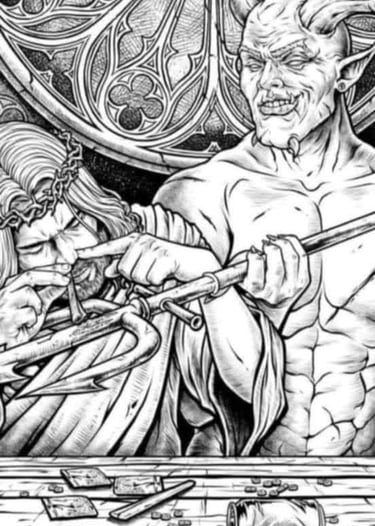



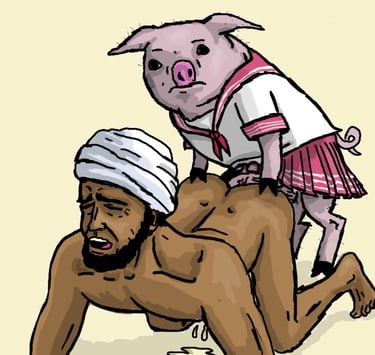

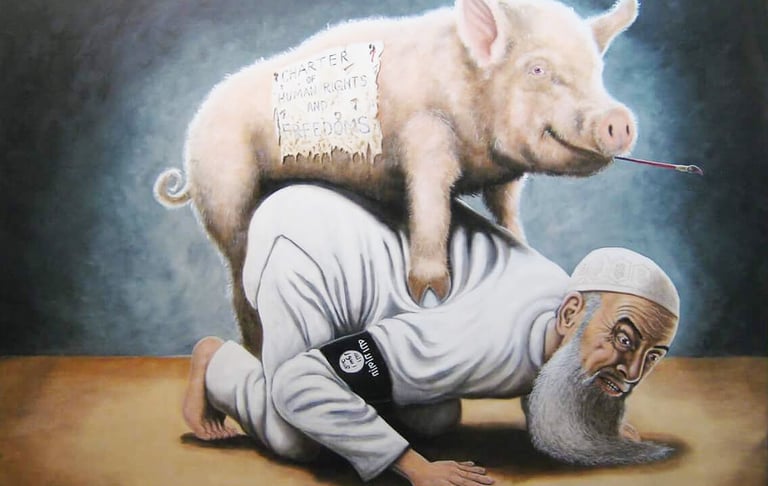

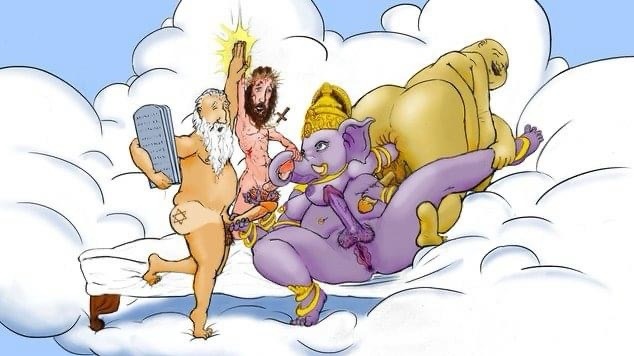



So, let’s all take a collective breath and unclench, shall we? Sacrilegious art isn’t going to bring about the apocalypse. Shock is a tool. It's a loud, messy, and sometimes blasphemous wake-up call. You don’t have to like it—but don’t act like your retinas are gonna burn out. "This too shall pass." You'll be fine.
Whether it’s calling out hypocrisy, unpacking trauma, or just shaking us out of spiritual autopilot, sacrilegious art is more than a gimmick. It’s a sledgehammer for the soul.
HISTORY HAS BEEN HERE ALREADY
Think this stuff is new? Please. People have been smashing icons and inverting crosses since forever. The Protestants were breaking statues in the 1500s. Dada artists mocked religion in the 1920s. Every time society hits a boiling point, someone grabs a holy symbol and artistically deficates on it... And whenever religious extremism starts killing people or silencing voices, artists, again, will respond. Not with sermons, or tweets but with images that hit below the belt.
It’s not just rebellion—it’s resistance. It's someone saying, I see what you're doing, and I won't stay quiet. Even if that means creating unspeakable imagery or ditching nudity, and heinous acts alltogether and painting the Virgin Mary with, say, elephant dung. (Yep, that happened. Ask Chris Ofili.)
But shock for the sake of shock is lazy. The best sacrilegious art has teeth and brains. It doesn’t just scream—it makes you think.
So Why Are We Still Obsessed?


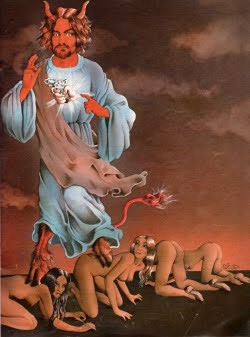





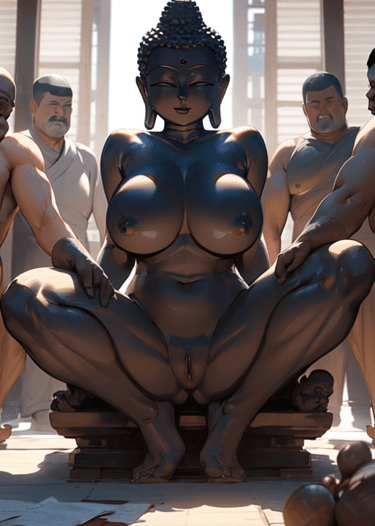







Flipping the Bird at Deities
First off, sacrilegious art is often less about religion itself and more about the artist. The Church, the politicians, the institutions with their stained glass PR and skeletons in the confession booth—sacrilegious art calls them out.


For others, it’s not even anger—it’s curiosity. What if Jesus was queer? What if God is a woman? What if none of it’s literal, and we’ve been taking the metaphors way too seriously? That’s not rebellion, though. That’s exploration. Sometimes, breaking the rules is the only way to figure out what the hell they were trying to teach us in the first place.
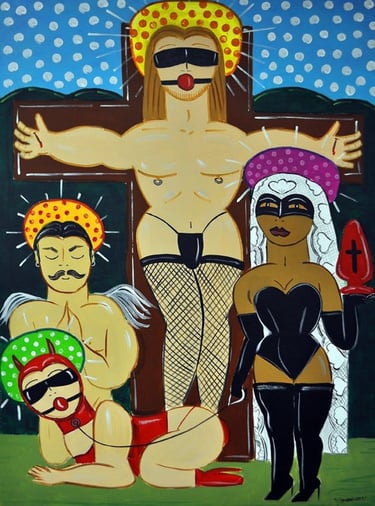






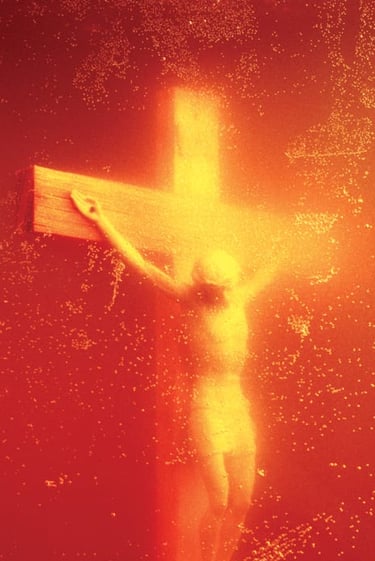
SACRELIGE
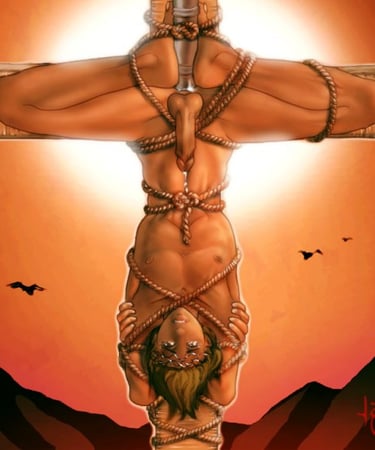

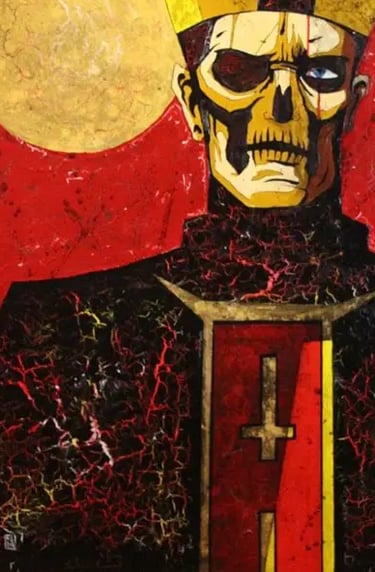



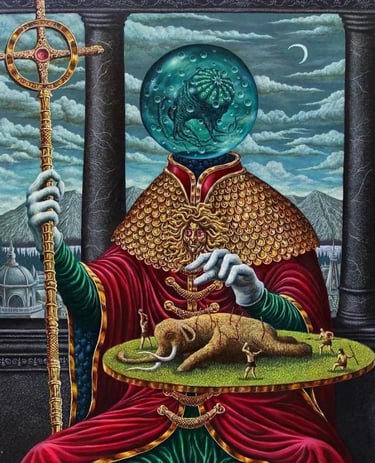

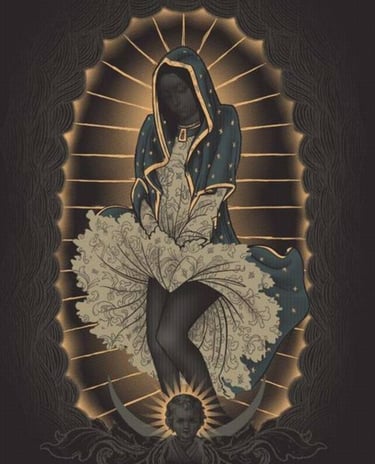

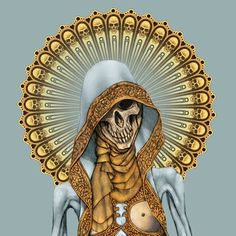

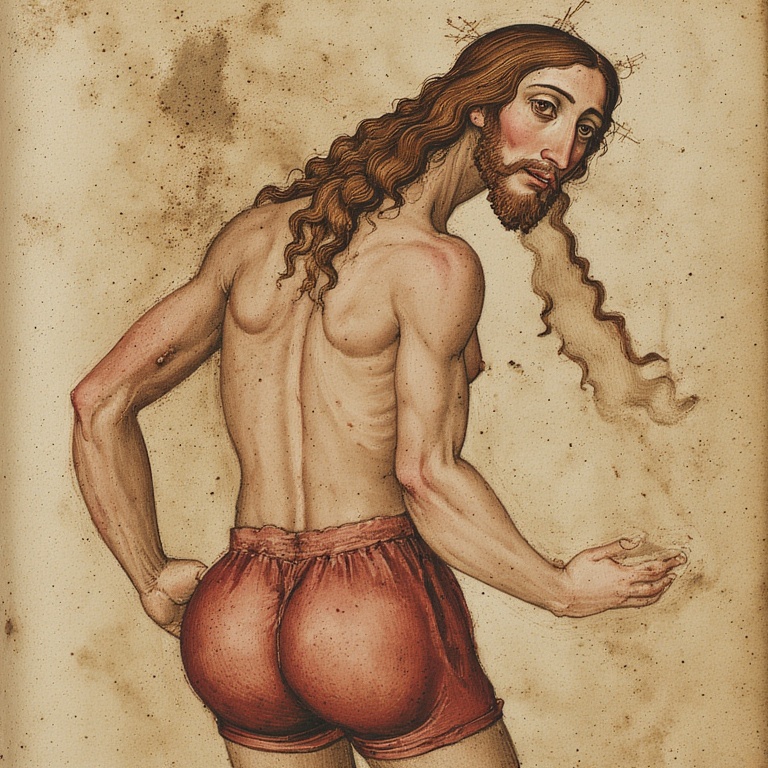

Eclectic Occultist
G8WAY intellectual property found herein is branded as such and most graphic interchange formats along with all links lead to external businesses not owned or operated by G8WAY. If you own any image included here and wish to request its removal or proper attribution, please contact admin@g8way.online and G8WAY will respond promptly. Please note: a page’s presence in G8WAY does not imply it is complete. Each entry is a living document that may be subjected to editorial corrections and/or additions. G8WAY may earn a commission when users make a purchase through links posted throughout this site. Information on WWW.G8WAY.ONLINE is for informational purposes only and should not be considered professional advice. Thank You for Visiting! G8WAY.ONLINE ©2025 All rights reserved.


